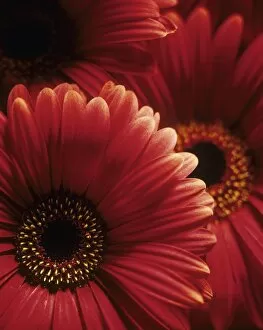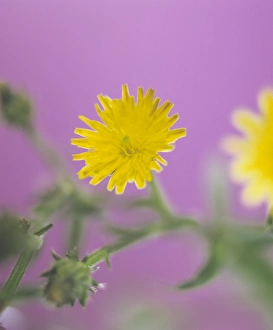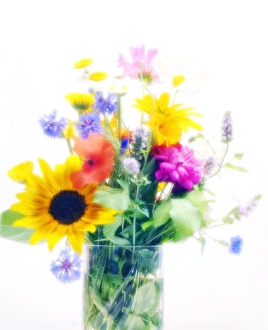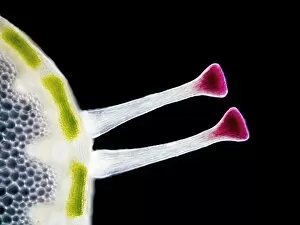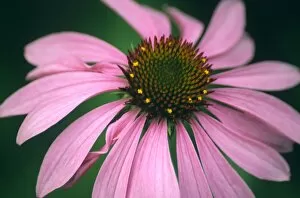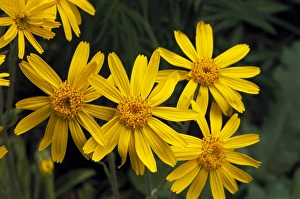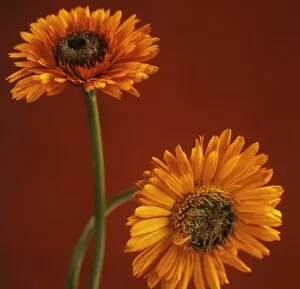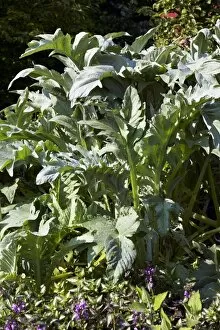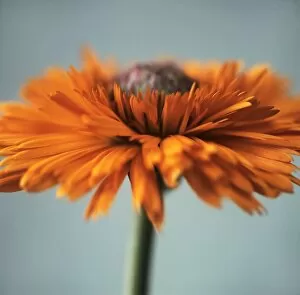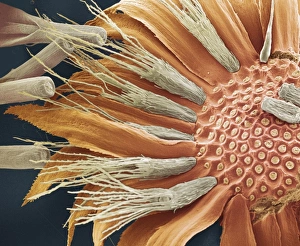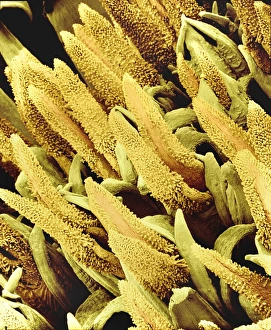Compositae Collection (page 18)
Compositae, also known as the aster family, is a diverse group of flowering plants that can be found in various habitats around the world
All Professionally Made to Order for Quick Shipping
Compositae, also known as the aster family, is a diverse group of flowering plants that can be found in various habitats around the world. One such habitat is heathland, where an array of colorful and vibrant Compositae species thrive. In this picturesque setting, a European hare gracefully hops through a set aside field that has been seeded with Corn Marigolds, Poppies, and cornflowers near Castellucio di Norcia. The sight is truly breathtaking as these flowers create a stunning tapestry of colors. Moving towards the herb-rich conservation margin around farmland, Ox-eye daisies stand tall among other wildflowers. Their white petals contrast beautifully against the greenery surrounding them. As you observe closely, you notice Dandelion seeds floating away on the gentle breeze - nature's way of dispersing life. Venturing further into this botanical wonderland reveals another member of Compositae: Dahlia pinnata or pinnate dahlia. Its intricate petals form an enchanting display that captures your attention instantly. But it doesn't end there; Edelweiss proudly showcases its delicate beauty amidst rocky terrain in alpine regions. This rare flower symbolizes resilience and strength in adversity. Returning to heathland once more brings us to Helianthus annus or sunflower - a familiar face among Compositae species due to its iconic yellow blooms that follow the sun throughout the day. Taraxacum officinale or dandelion fruiting heads add their own unique charm to this floral symphony as they transform into fluffy spheres ready for dispersal by wind or curious children blowing wishes into existence. Dahlias sp. , with their wide range of shapes and colors, provide endless fascination for botany enthusiasts who marvel at their diversity within one plant family alone. And finally, we encounter a Small pearl-bordered fritillary butterfly delicately perched on an Ox-eye daisy.






